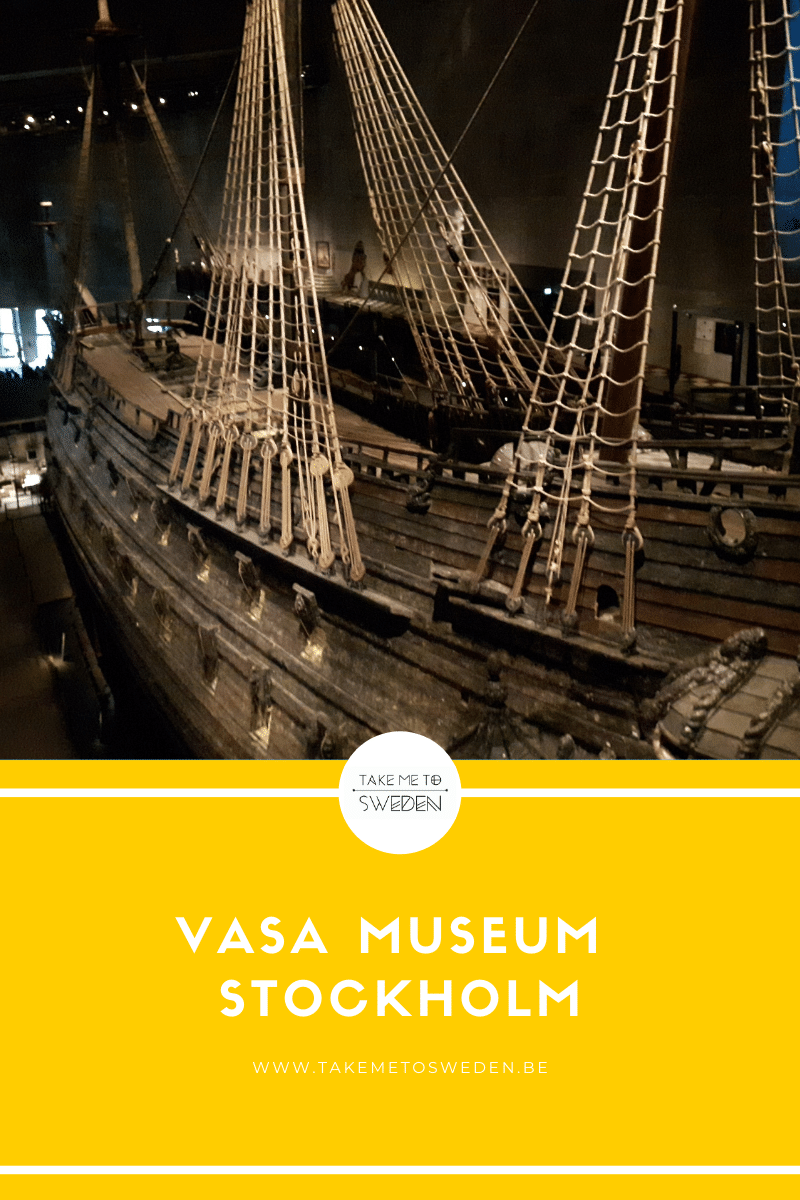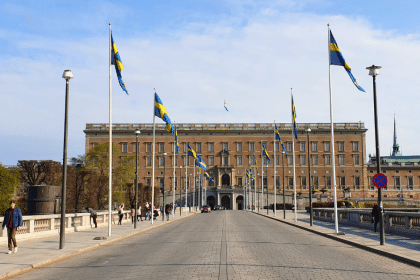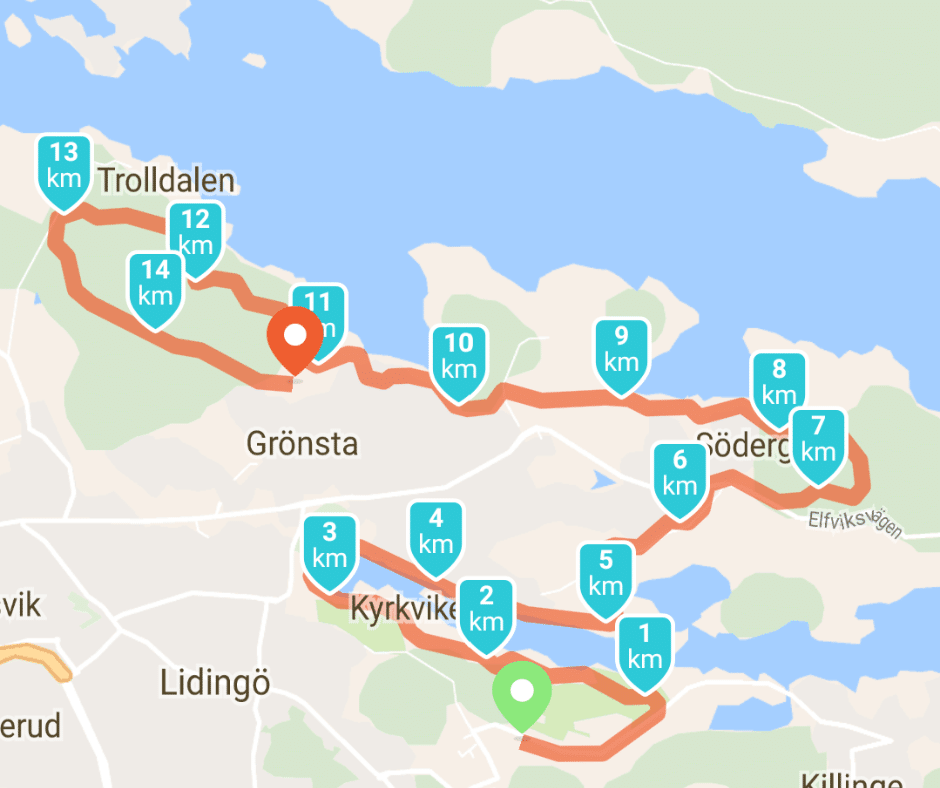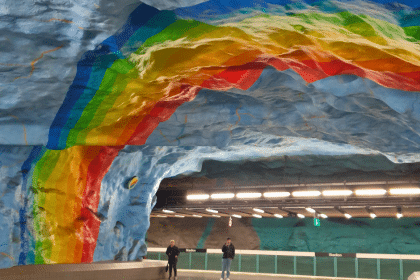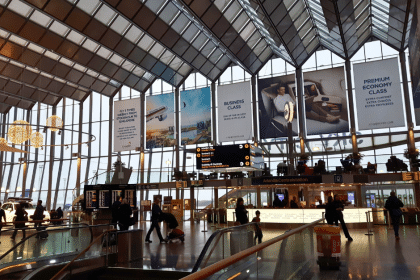The Vasa Museum is one of the most visited attractions in Stockholm. The maritime museum is located on Djurgården and is a must visit! The Vasa is the only ship from the 17th century that still exists! This is despite, or rather, thanks to the fact that the ship was hidden under water for 333 years.
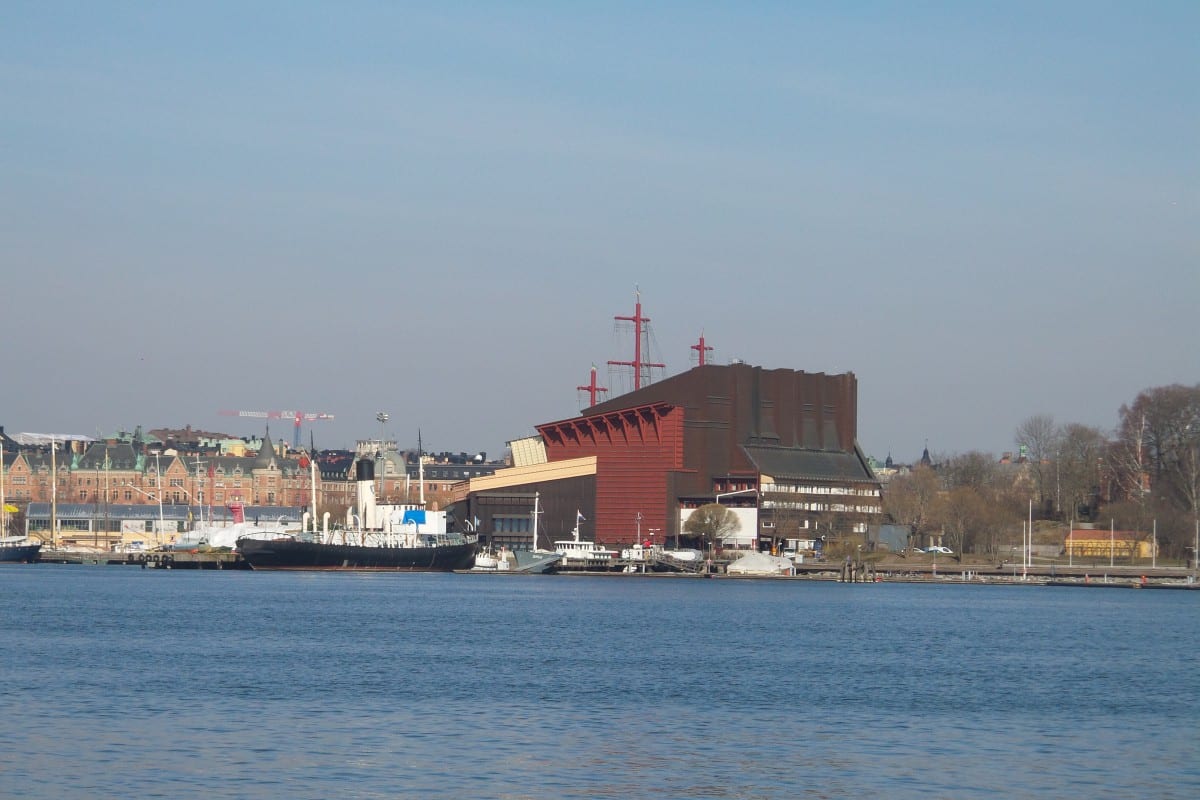
You can recognize the special architecture of the museum already from across the water, with the three masts stabbing from the roof. Entering the museum is a real wow experience. You can see the Vasa emerge from behind the glass doors and that’s pretty impressive! Even on a second, third and fourth visit.
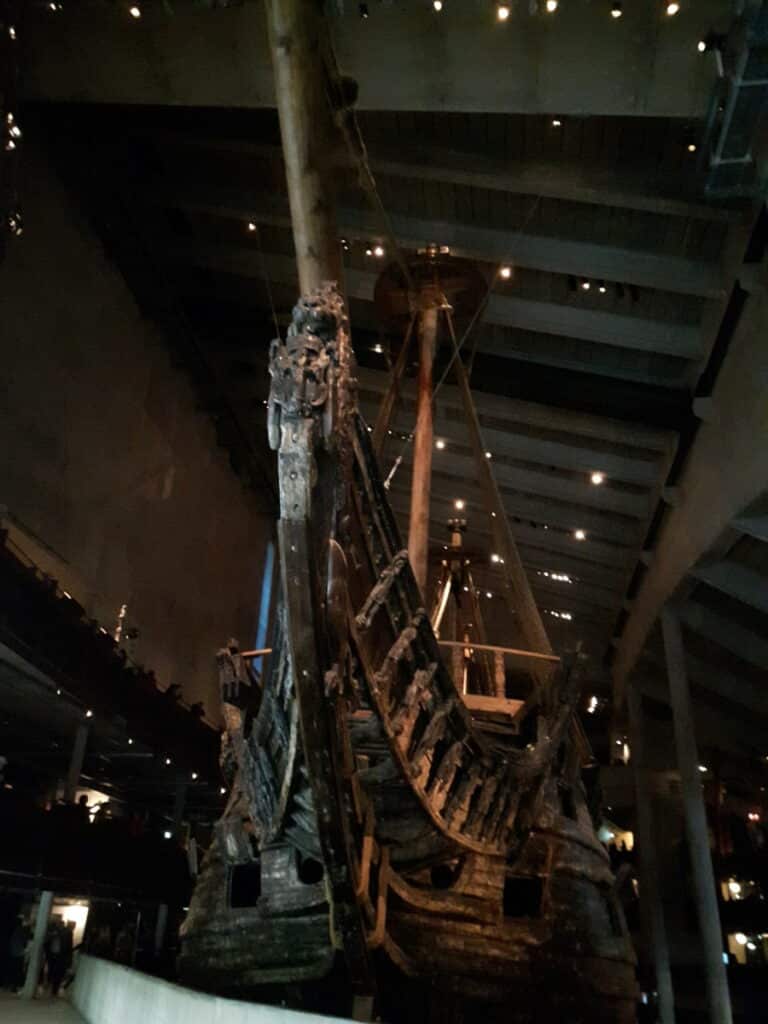
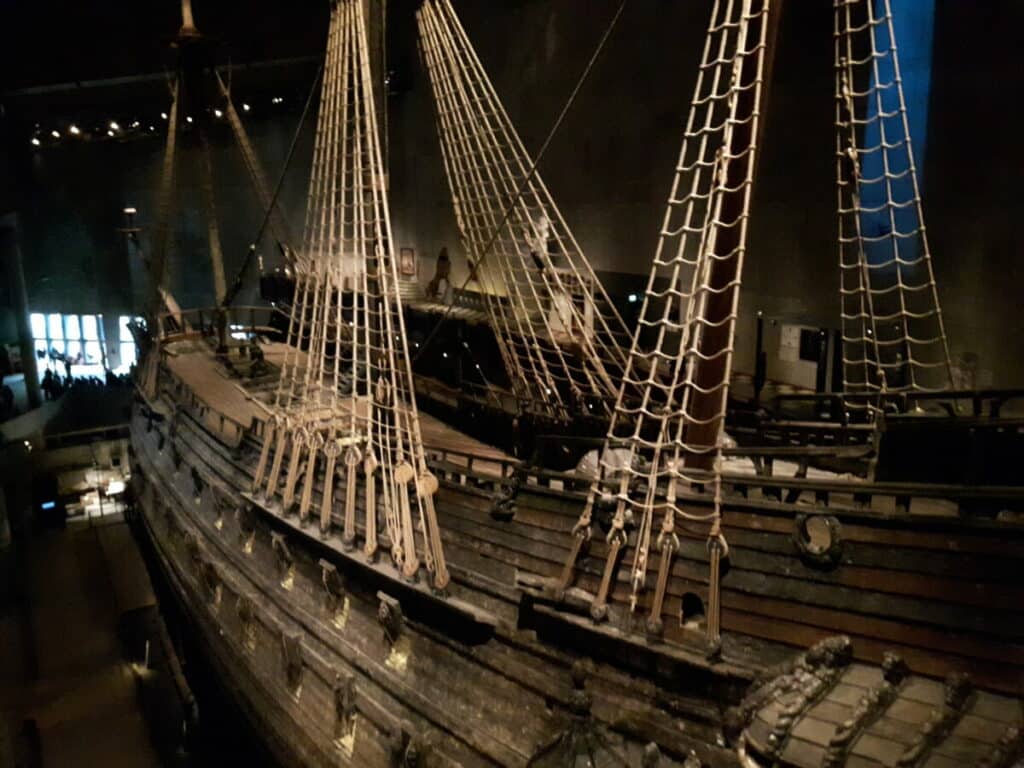
The story of the Vasa
King Gustav II Adolf, the grandson of Gustav Vasa wanted to show off his power and ordered the construction of a warship. This ship would be part of the navy going to war against Poland, which was ruled by his cousin at the time. Several years later, on August the 10, 1628, the Vasa was ready for its maiden voyage. A short maiden trip. After only 1.3 kilometers the Vasa sunk. The poles remained visible a few meters above the water. (The ship had a length of 69 meters and was 50 meters high – the water there is about 32 meters deep.) The king ordered to saw off the poles to hide the failure. The story of the Vasa should be forgotten as quickly as possible.
The sinking of the ship was caused by a combination of factors. The ship was top-heavy. The king wanted hundreds of carved decorative statues and additional guns on the ship. On top of that, the naval architect died during the construction of the ship. Even though they knew the ship was top-heavy, no one dared to go into discussions with the king. The ship was built by Dutch and there appeared to be a difference between the Swedish and Dutch feet.
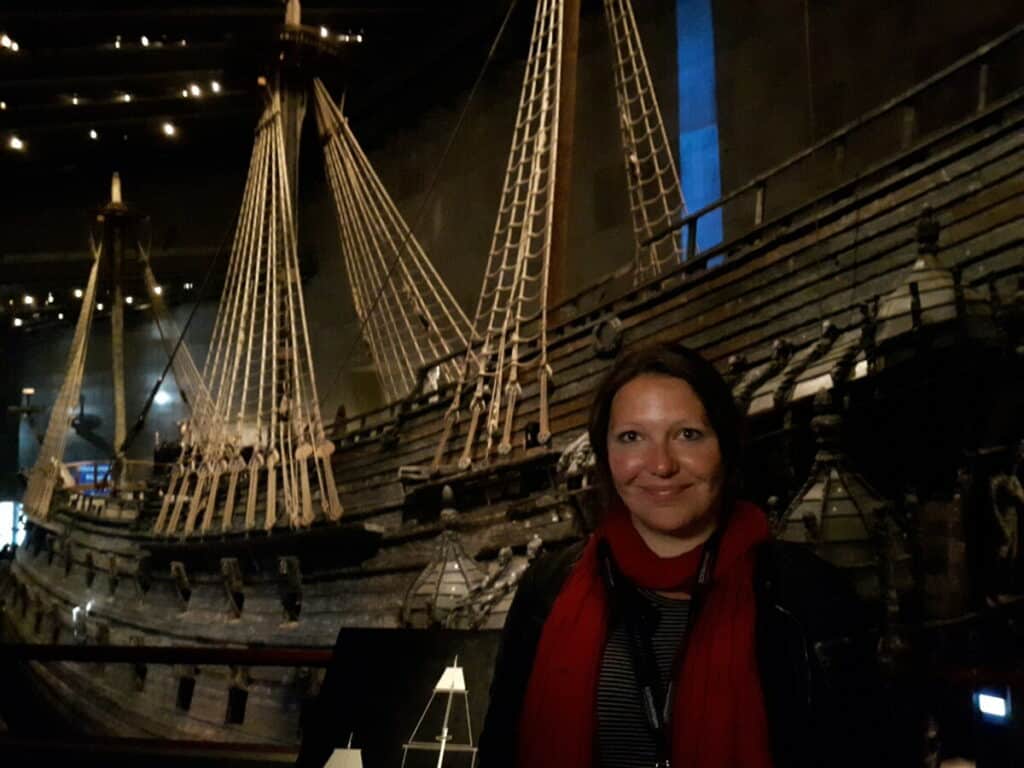
Salvage
More than three centuries later, Anders Franzén decided to search for the Vasa. For years he sailed around with his boat at the spot where the Vasa should have perished until he suddenly found pieces of old wood, in 1956. Not much later it got confirmed: he had located the Vasa, only a few dozen meters from the island Beckholmen! Another few years later, 333 years after the Vasa sank, the ship resurfaces. They also found some original sails (also to be seen in Vasamuseet). They brought the ship ashore in a dry dock at the naval dockyard where the Vasa Museum is now located. They spend years on the preservation of the wreck. Even nowadays a team of specialists is continually working to preserve the ship in the best possible way.
In 1987 the construction of the museum started. The current museum was built around the ship! Three years later the maritime museum opened.
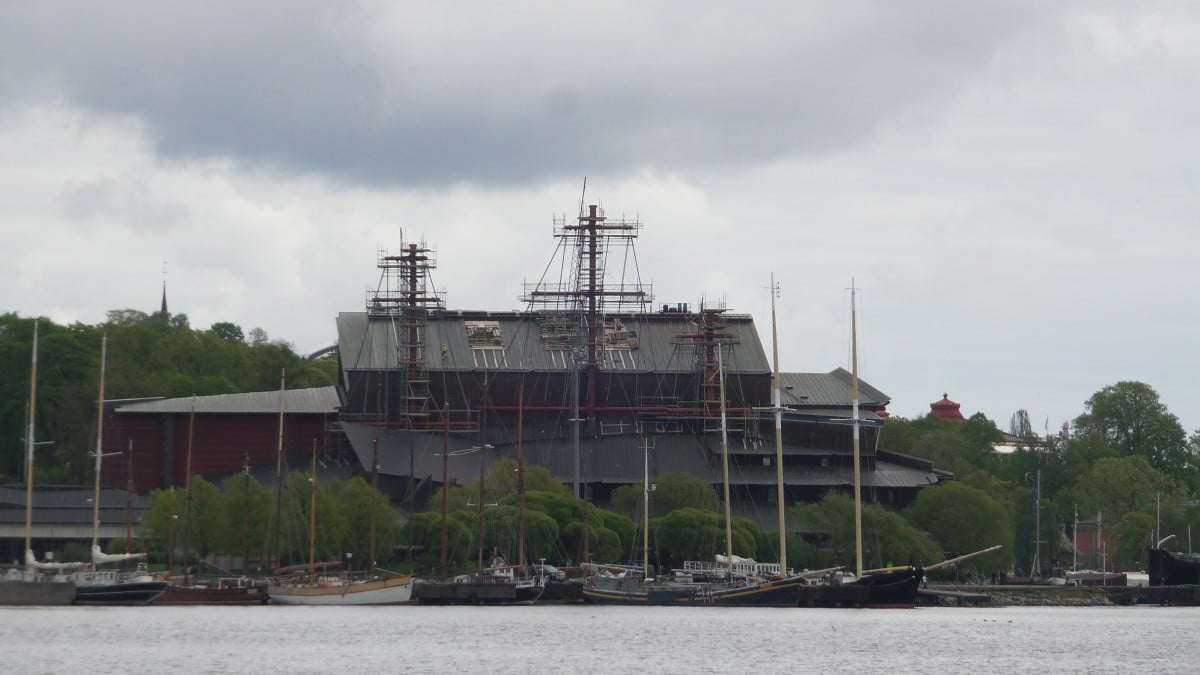
The museum
The museum shows how they lifted the Vasa. Furtheron, you discover many facts of the research that was done around the Vasa. Thanks to the cold and brackish water of the Baltic Sea the Vasa is well preserved. The Vasa is therefore unique in the world. 98% of what you see in Vasamuseet is authentic!
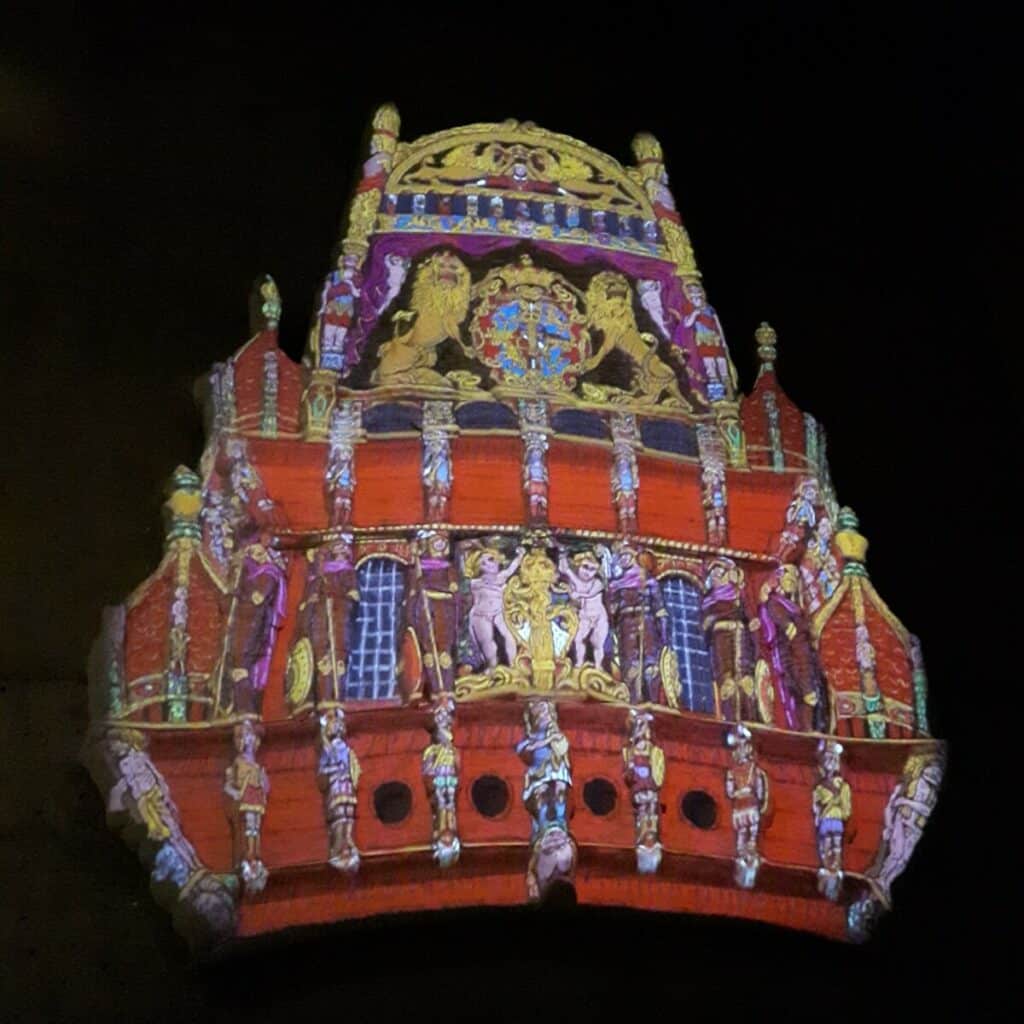
The colorful photo above is a reconstruction of how colorful the Vasa used to be. They were able to find out based on the pigment they found on the wood.
The Vasa museum consists of four floors. Each floor will tell you another part of the story of the Vasa: how life was on board, about the finds they did onboard, how people looked at that time …
Tip: to take the best pictures go to the top floor. The museum was so attentive to highlight this spot with a selfie sticker 🙂
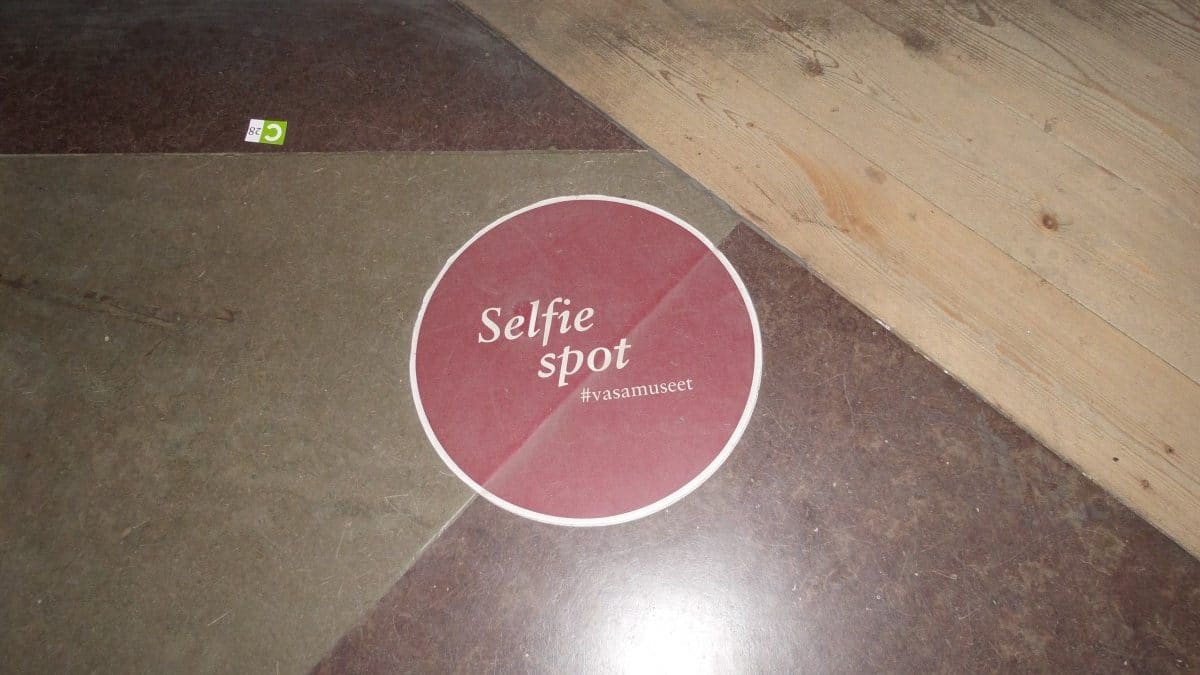
Practical information
A visit to Vasamuseet costs 170 kronor (prices 2020) for adults. Entrance is free of charge up and till 18 years. If you have a Go City Stockholm All-Inclusive Pass, Vasamuseet is included. Expect to spend a few hours if you want to visit the museum thoroughly. I’ve been there a few times and each time I discover something new. You can eat in the adjoining museum restaurant. They serve fika or light lunch.
Buy your tickets here
Book your tickets in advance and skip the lines. Check the availability and book immediately. You can cancel up to 24 hours in advance. And you’re guaranteed the best price (no hidden costs!).
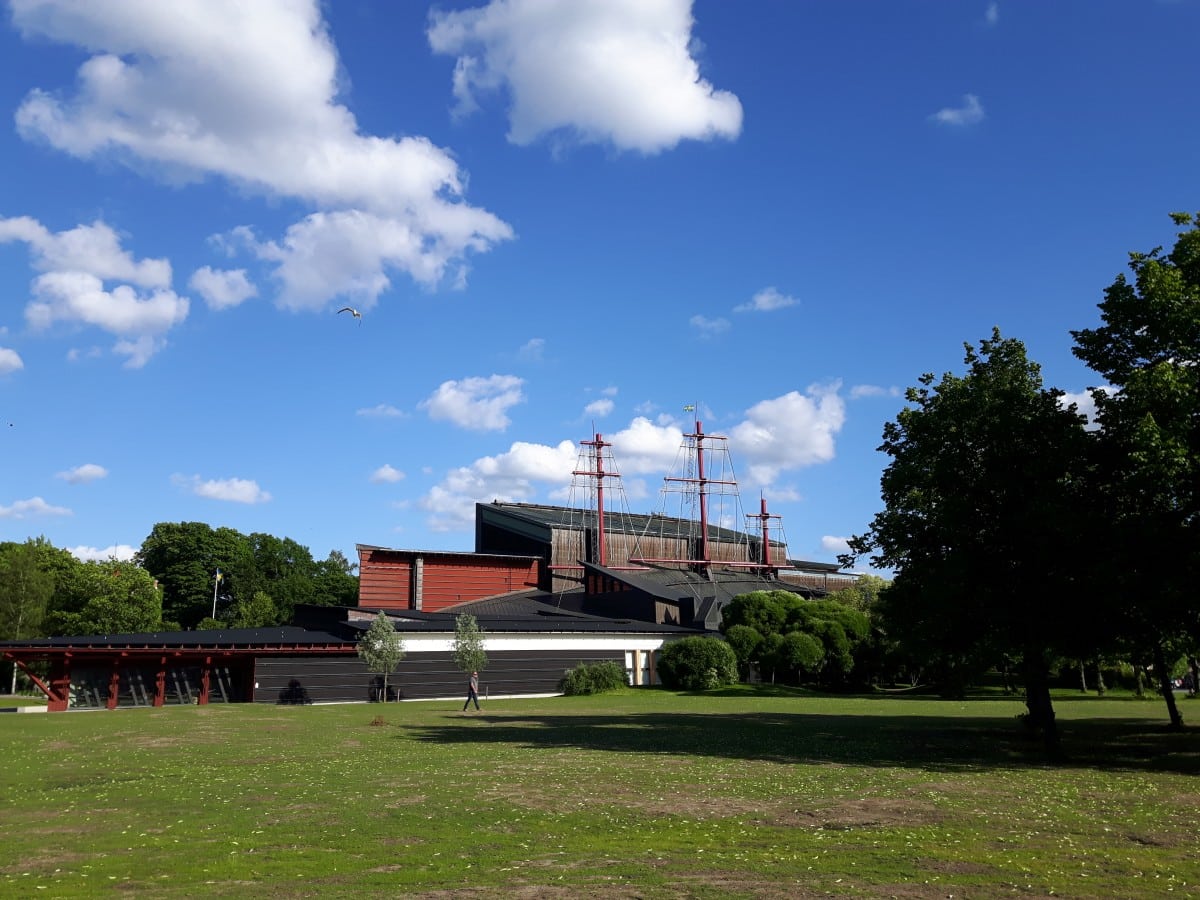
How to reach the Vasa museum?
The museum can be reached:
- By boat, Djurgårdsfärjan of Slussen.
- Tram 7 Kunsträdgården.
- Walking by Strandvägen and Djurgårdsbron from Ostermalm.
Opening hours
Opening hours and other practical information can be found on the website.
In the neighbourhood
Pin for later
